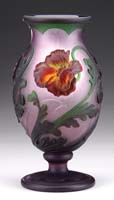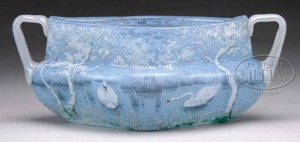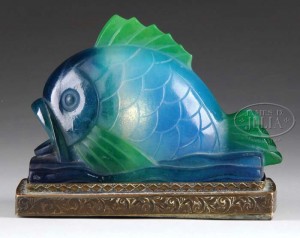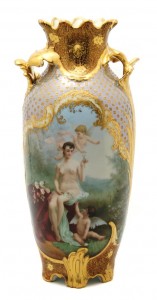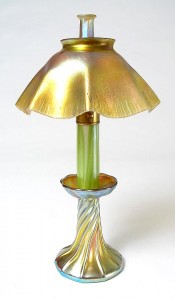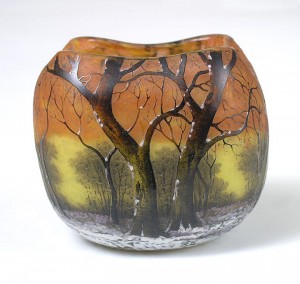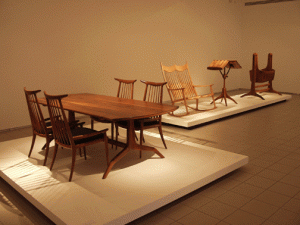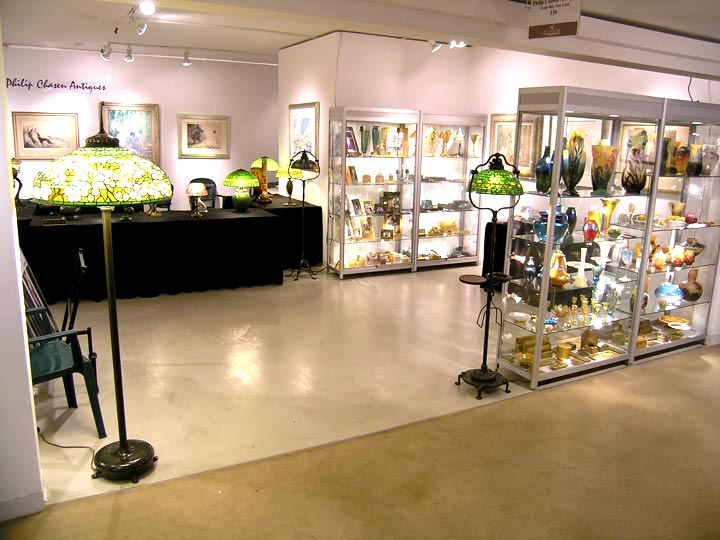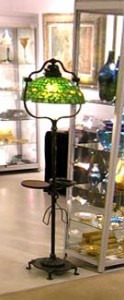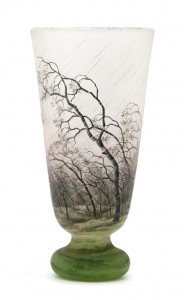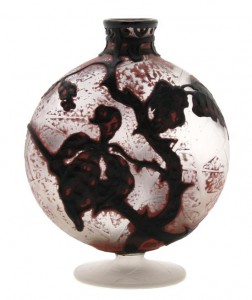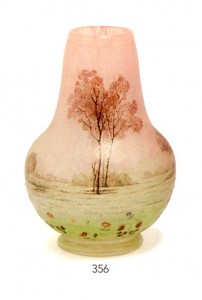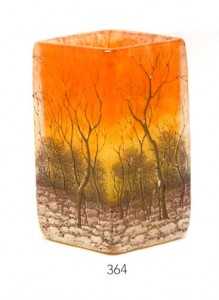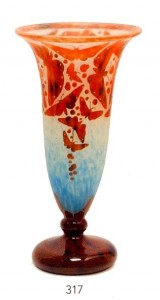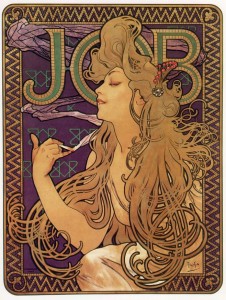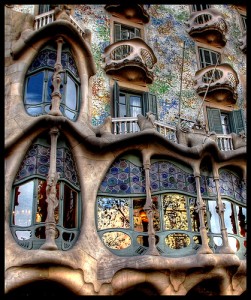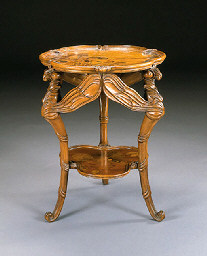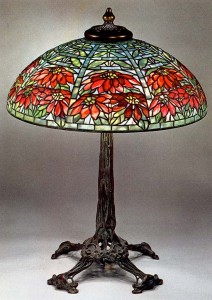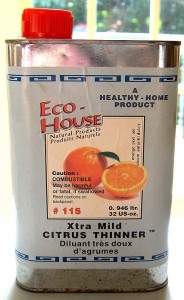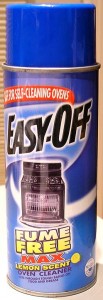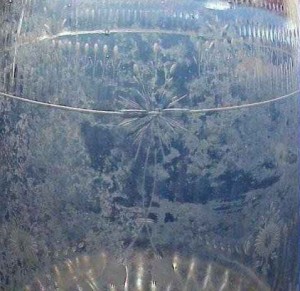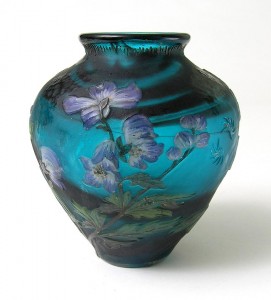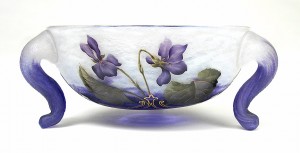Most damage happens because of carelessness, but occasionally there’s another reason. This was one of those times.
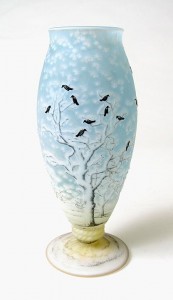
Daum blackbird vase
Lia and I used to go to Paris several times a year on buying trips. It’s a tough job, but somebody has to do it. We haven’t gone in quite some time, mostly because of the dollar’s weakness, making domestic buying more attractive. On one particular trip we bought some lovely items for resale, including one very special Daum vase with blackbirds. It was a beautiful example with lovely color and a great shape with an applied foot.
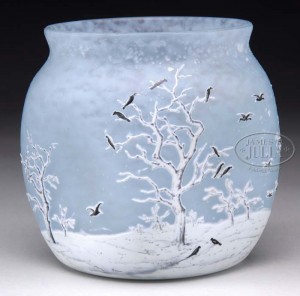
Daum blackbird vase, Julia's lot #2250, November 20, 2009
Blackbird decoration is one of the rarest and best decorations. Just this past weekend at Julia’s lamp and glass auction, a beautiful Daum 5″ vase with blackbirds sold for $12,650, including buyer’s premium.
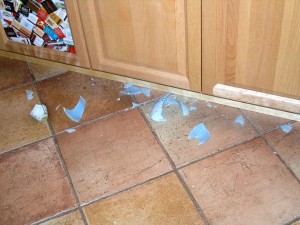
The unfortunate result
When a vase is dirty, I usually clean it before putting it up for sale. So I took it to the sink, sprayed it with some cleaners and scrubbed it clean. I held it by the foot and turned it upside-down to let the excess water drain. Then to my utter astonishment, the body of the vase separated from the foot and dropped to the floor, smashing into many pieces. I stood there motionless for a while, incredulous, trying to understand what had just happened. Finally, I got around to examining the foot and noticed that there was glue residue on it. Daum vases are not made with glue, so that meant that someone had reattached the foot to the body. LUCKILY for me, I hadn’t paid for it yet. I called the dealer in France to tell him the bad news. He had sold me a restored vase and therefore it was not my responsibility. I emailed him photos of the disaster and ultimately gave him back the pieces. He said he didn’t know it was restored, but someone, somewhere, along the line of possession was responsible for the restoration and no one was willing to own up to it. To the best of my knowledge, the dealer who sold the vase to me took the loss. He tried to go back to the person who sold it to him, but that person refused to accept responsibility (or so he said).
Please send me your suggestions or questions about art glass, lamps, Louis Icart, shows, auctions, etc. If it’s interesting, I’ll answer your question in a future blog entry.
Call or write and let me know what you would like to buy, sell, or trade. philchasen@gmail.com or 516-922-2090. And please visit my website. chasenantiques.com



